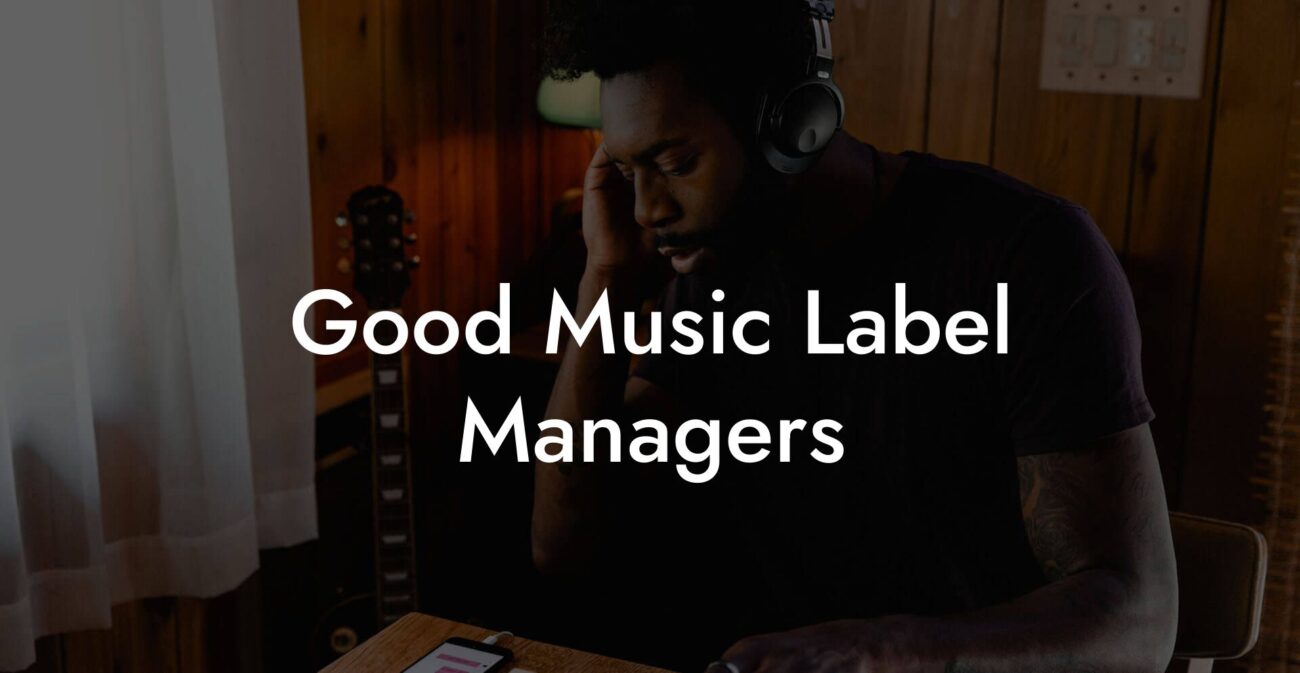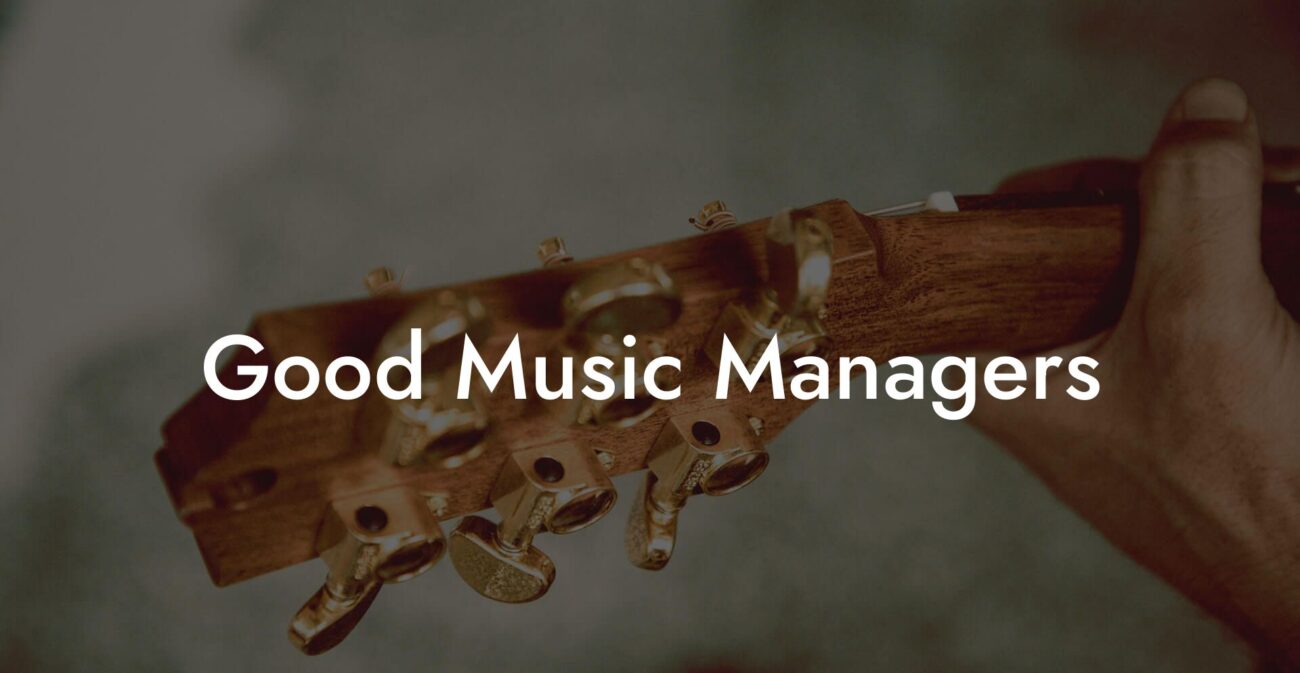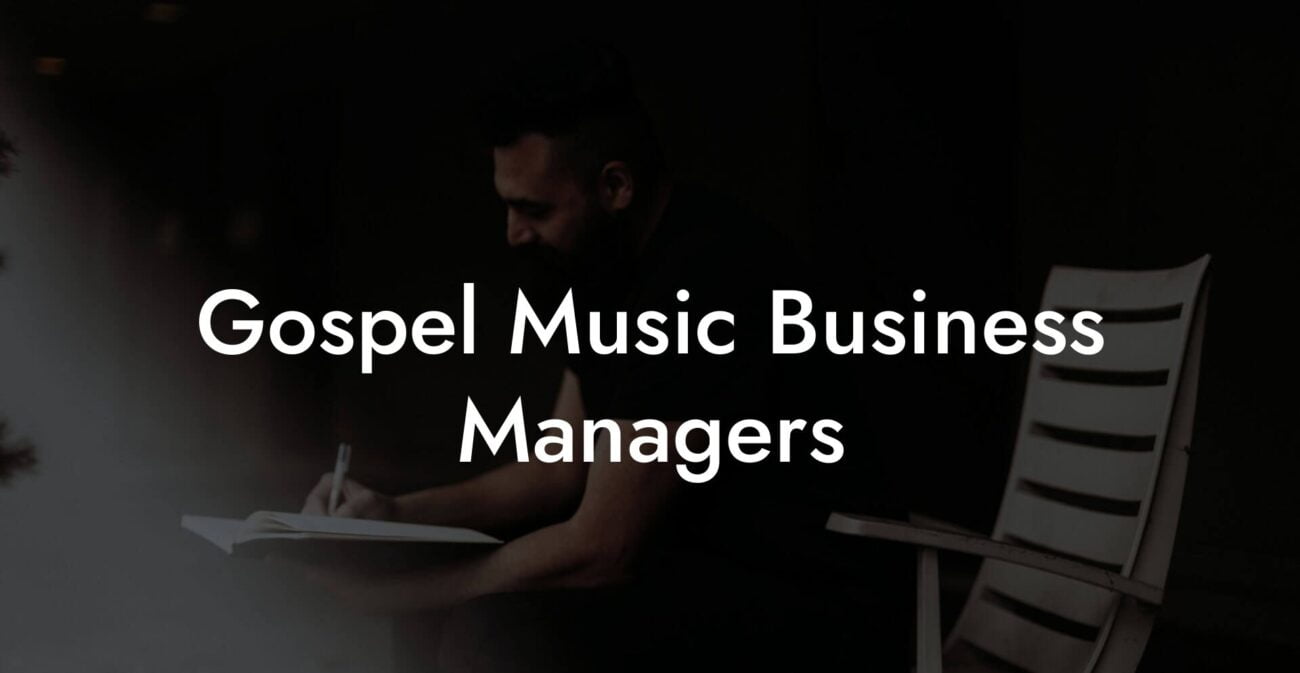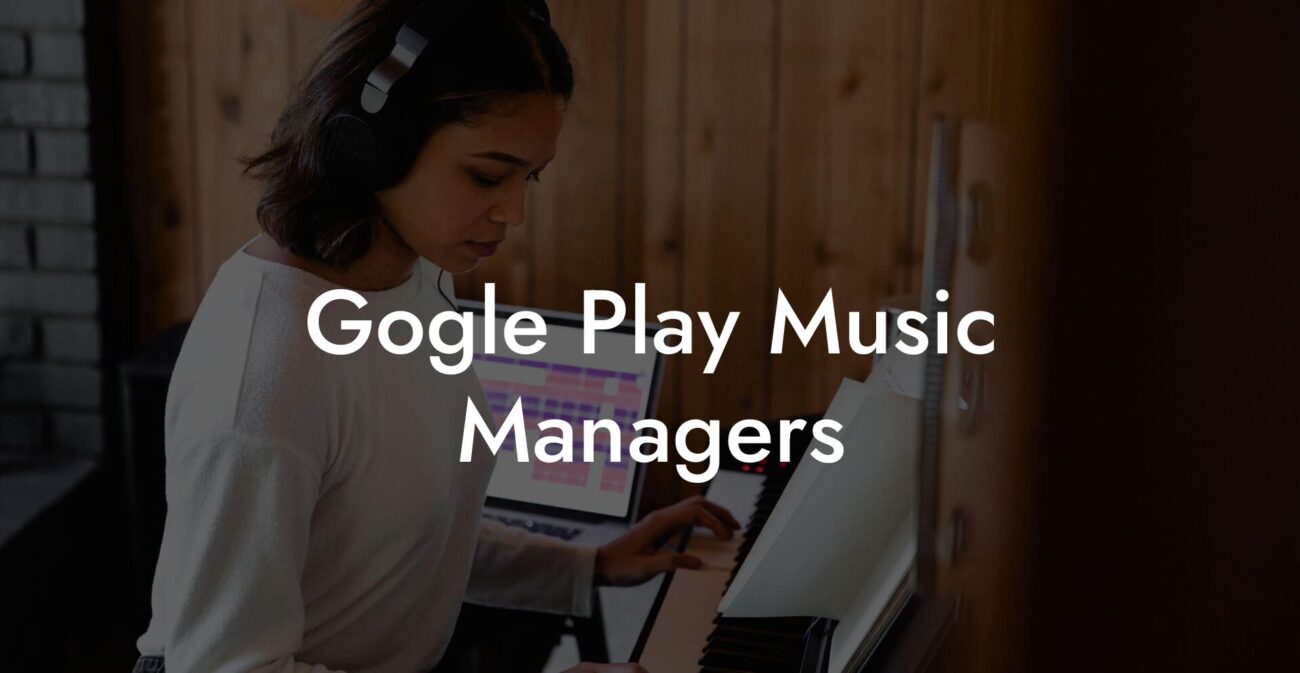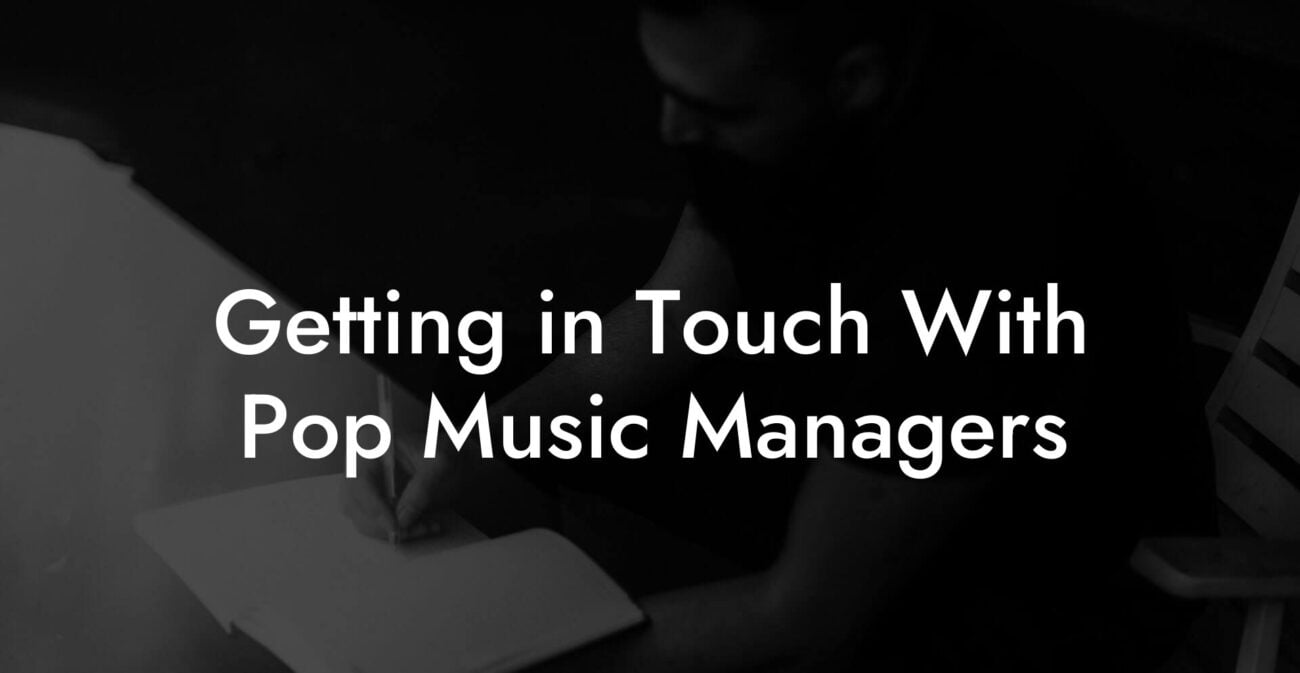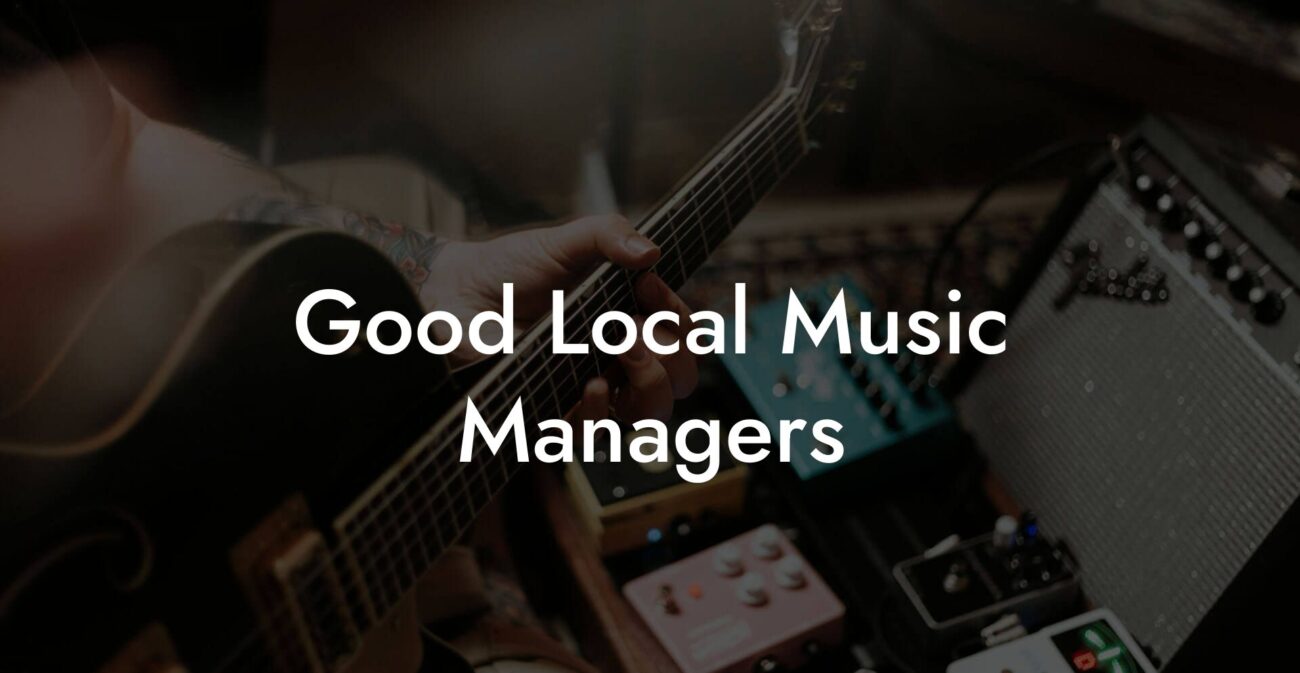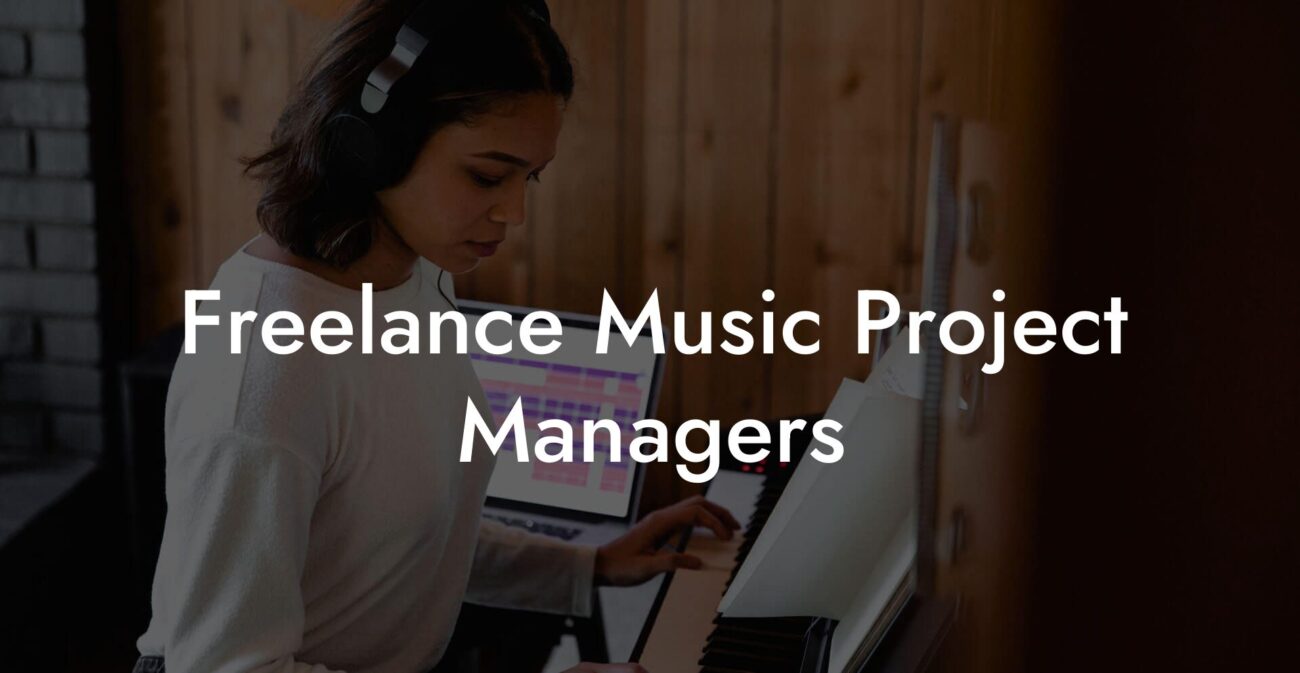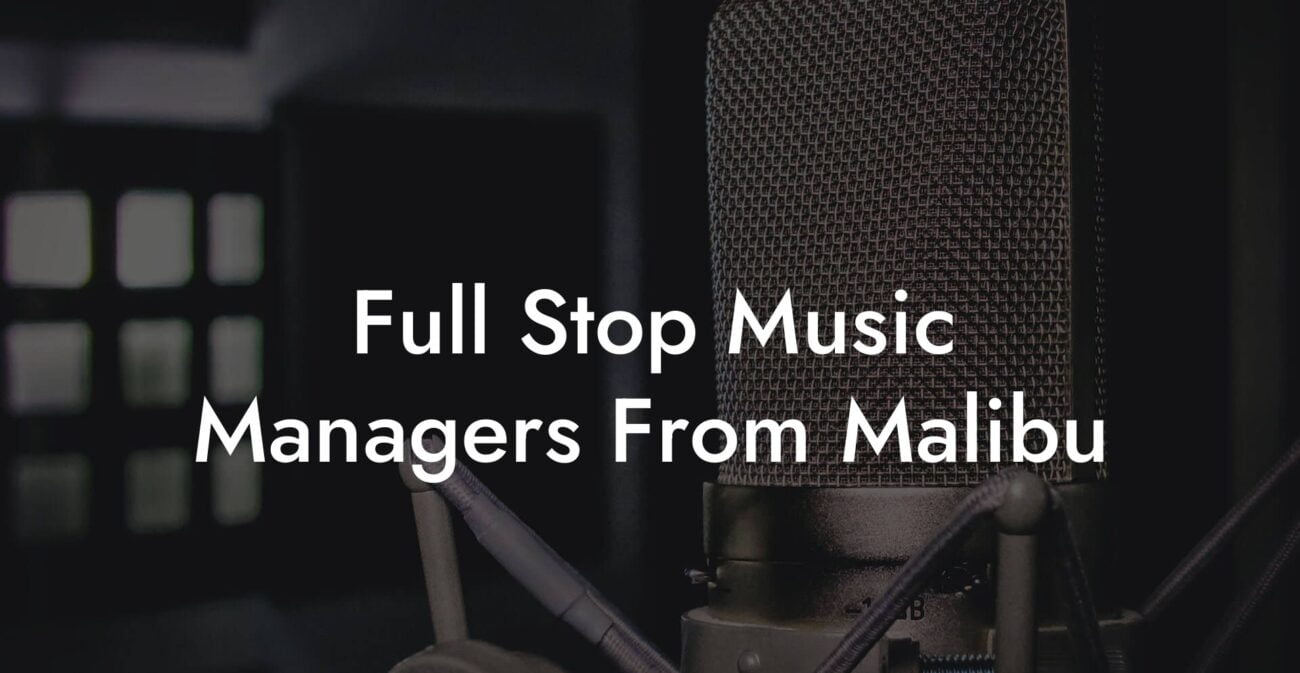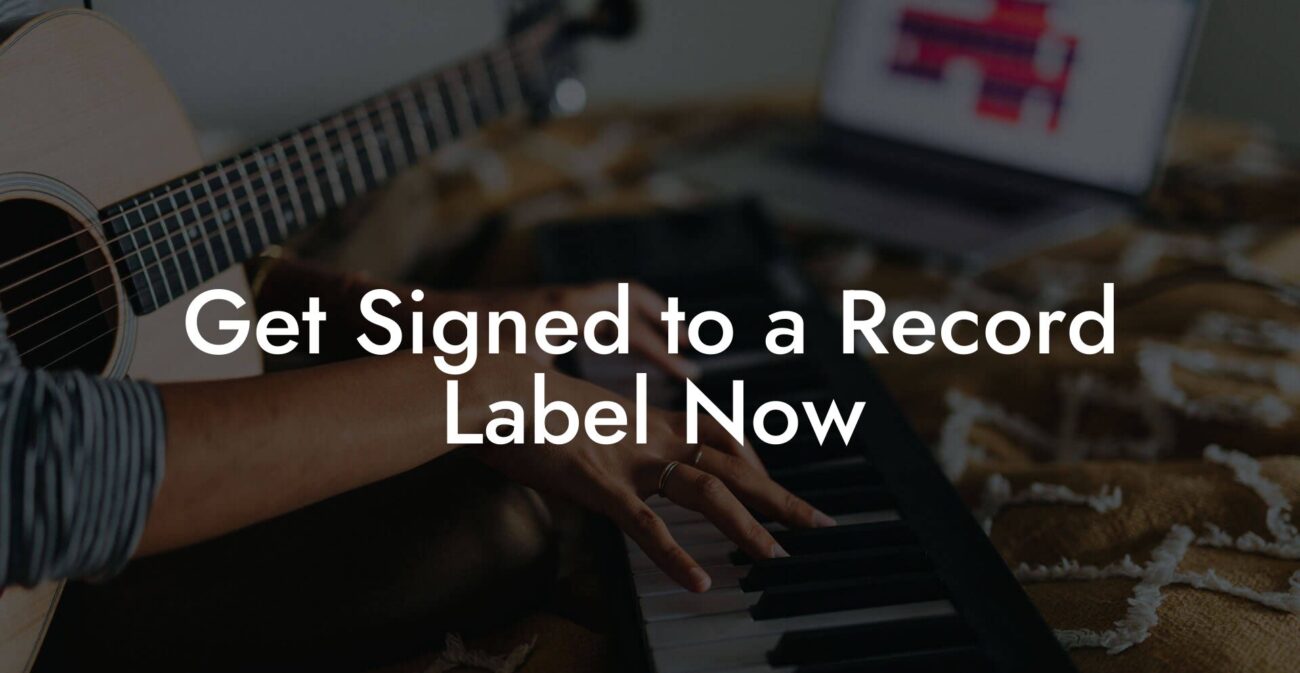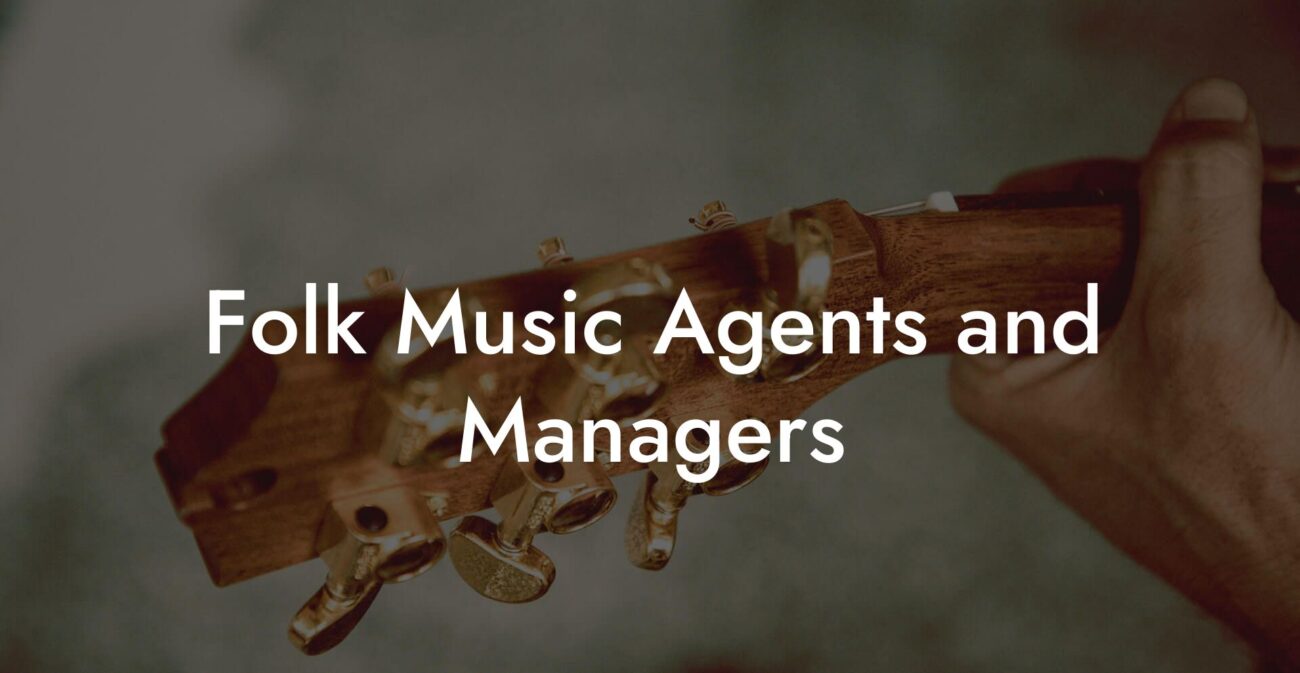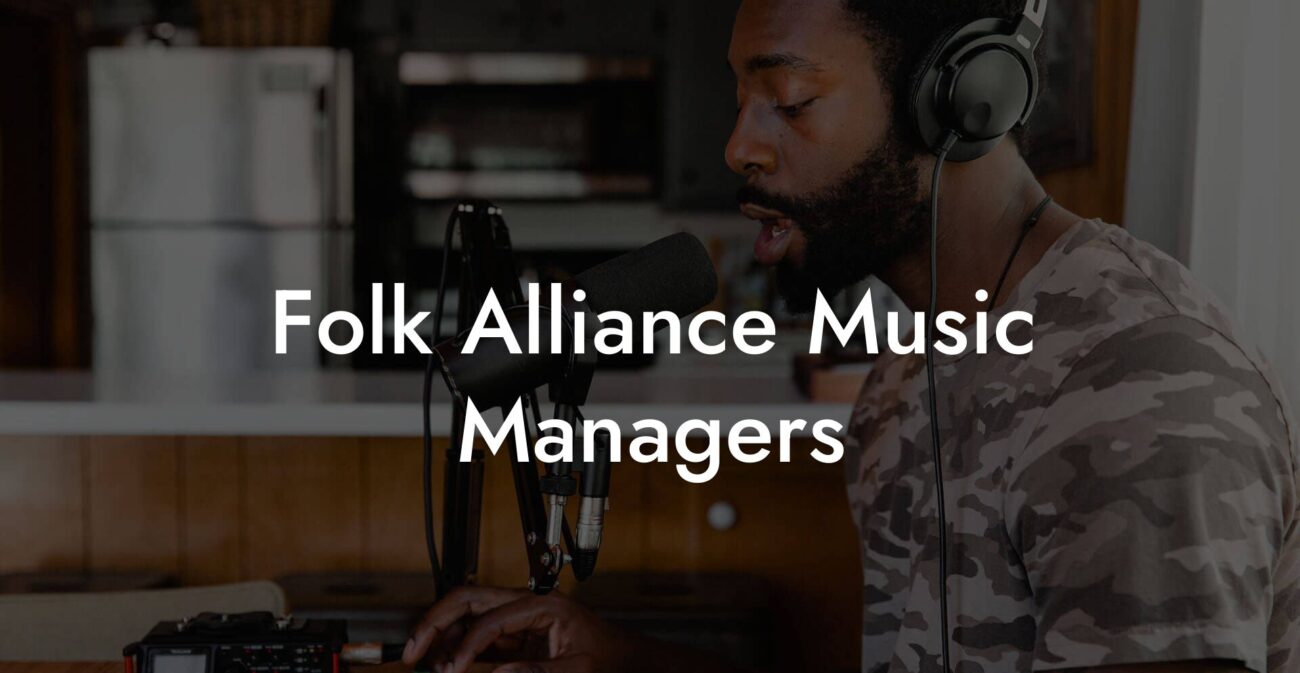Songwriting Advice
Create 8 Bit Music
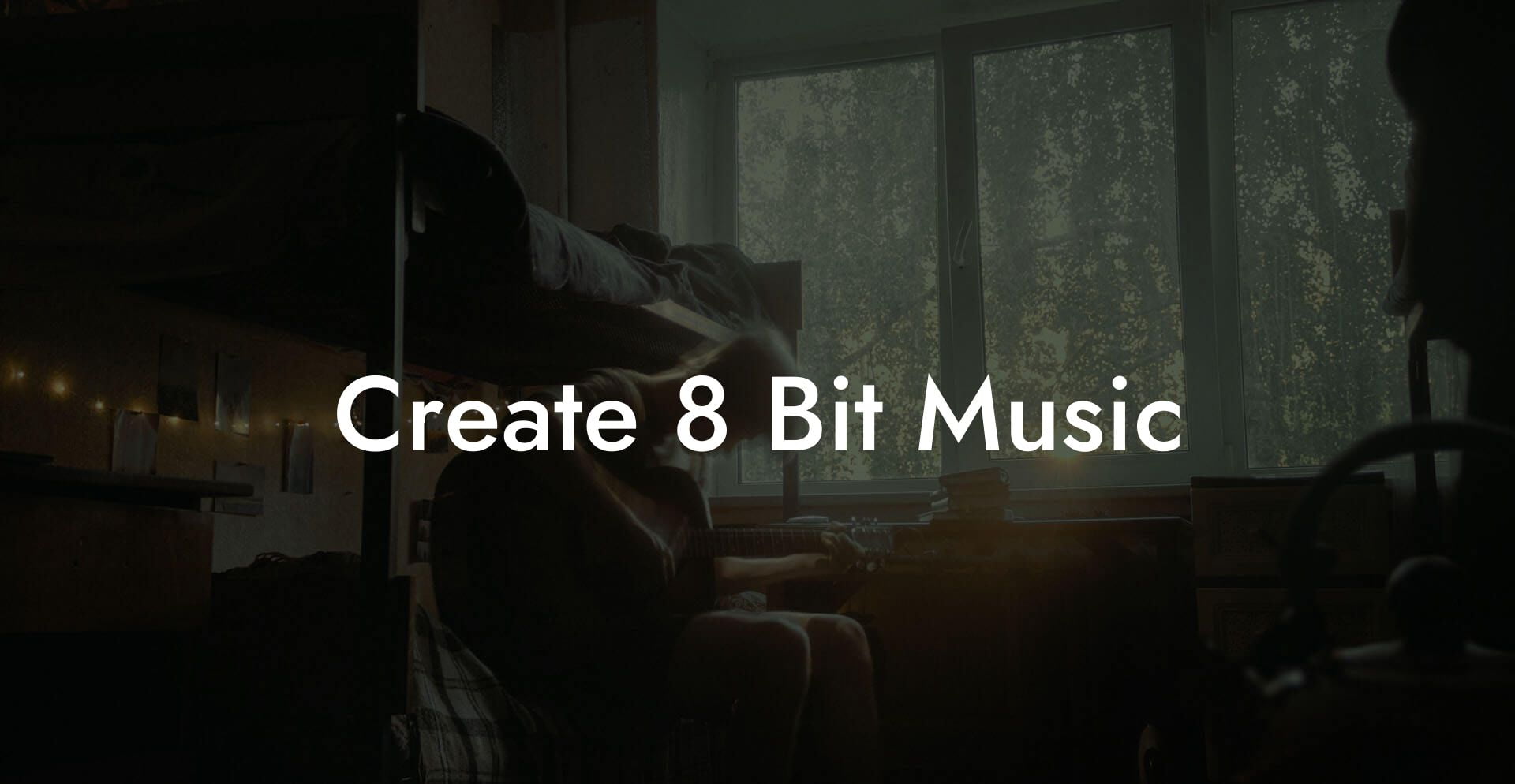
Ever wondered what it would sound like if your favorite retro video game soundtrack collided with a modern beat drop? Welcome to the dazzling universe of 8 Bit music—a vibrant, pixel-perfect genre that effortlessly mixes nostalgia with a futuristic edge. Whether you’re a die-hard retro fan, a bedroom producer, or just someone who loves the quirky charm of chiptunes, this guide is here to take you on a whimsical yet practical journey into creating your own 8 Bit music masterpieces. Prepare to dive into a world of squiggly waveforms and blocky sounds that will make your next track a certified hit!
Looking to write your next song? Transform your creative ideas into songs that people will love, and skyrocket your music career with Lyric Assistant. The perfect songwriting assistant. Find out more →
Quick Links to Useful Sections
- What Is 8 Bit Music?
- The Evolution and Cultural Impact of 8 Bit Music
- Essential Tools and Software for Creating 8 Bit Music
- Step-by-Step Guide to Creating Your Own 8 Bit Music
- Step 1: Setting Up Your Digital Playground
- Step 2: Finding the Perfect Sound Palette
- Step 3: Crafting a Memorable Melody
- Step 4: Layering and Sequencing Your Track
- Step 5: Integrating Percussion and Rhythm
- Step 6: Experimenting with Effects and Transitions
- Step 7: Polishing and Mixing Your Track
- Step 8: Sharing and Iterating
- Integrating Lyrics and 8 Bit Music: A Modern Twist for Songwriters
- The Creative Process: Experimentation, Collaboration, and Evolution
- Resources and Community Support: Your Next Steps
- Diving Deeper: Advanced Tips and Creative Tricks
- Case Studies and Success Stories
- The Bedroom Producer Who Became a Viral Sensation
- The Collaborative Remix Revolution
- From Concept to Concert: Live Chiptune Performances
- Unlocking Your Creative Potential: Tips for Maintaining Momentum
- 8 Bit Music and the Digital Revolution: Why It Continues to Thrive
- Frequently Asked Questions about 8 Bit Music Creation
- Your Journey to Crafting Iconic 8 Bit Music
What Is 8 Bit Music?
8 Bit music is a distinctive style originally crafted with the sound chips of vintage game consoles and computers. It’s characterized by its minimalist waveforms, simple melodies, and a raw, digital sound. While the term “8 Bit” hails from the processors of classic gaming systems, the style has evolved into an art form all its own. Think of it as artisanal pixel art; what once was a technical limitation is now a creative canvas.
At its core, 8 Bit music embraces the quirky, lo-fi sounds generated by early digital synthesizers. The genre is defined by its bright, buzzy tones and an energy that’s equal parts playful and intense. It’s like taking a sip of pixelated nostalgia mixed with a punch of contemporary beats. As you embark on your journey to create 8 Bit beats, you’ll quickly discover that this style is as much about creative expression as it is about technical wizardry.
Today, 8 Bit music is not just confined to video game soundtracks—it has expanded into pop, electronic, and even hip-hop, with artists remixing classical melodies into delightful chiptune covers. This enduring appeal lies in its perfect blend of simplicity and complexity, where every sound aims to evoke an emotional response rooted in our collective digital past.
The Evolution and Cultural Impact of 8 Bit Music
Let’s take a quick power-up ride through time. The roots of 8 Bit music stretch back to the early 1980s, a time when home consoles like the Nintendo Entertainment System and the Atari 2600 dominated living rooms worldwide. Back then, sound chips weren’t exactly sophisticated—they had to work with limited channels and crude waveforms. Yet, this very limitation sparked creative ingenuity. Composers had to think outside the box, turning constraints into catchy tunes that are still celebrated today.
Write Lyrics Like a Professional Songwriter
The ultimate songwriting tool that takes your creative vision to the next level! With just a few clicks, you can unleash your inner songwriter and craft a hit that's uniquely yours. Your song. You own it.
Fast forward to the present day, and 8 Bit music has been resurrected by a new generation of artists, hobbyists, and gamers. It serves as a nostalgic nod to the past while also providing an artistic counterpoint to today’s high-fidelity productions. Its cultural impact is profound, influencing indie game soundtracks, retro commercials, and even mainstream pop remixes. Whether you’re dancing in front of your computer screen or tapping your feet in a club, the infectious energy of 8 Bit music reminds us that sometimes less truly is more.
Driven by the spirit of DIY culture and open-source communities, 8 Bit music has become a form of digital folklore. Festivals, online competitions, and collaborative remix projects continue to push the boundaries of the genre, empowering modern producers to experiment and innovate using tools that weren’t even available back in the golden age.
Essential Tools and Software for Creating 8 Bit Music
Before you hit the play button on your first chiptune track, you’ll need to assemble your sonic toolkit. Thankfully, the digital age has provided us with a plethora of user-friendly platforms and software that cater to both beginners and seasoned producers alike.
Here’s a rundown of some of the must-have tools for crafting authentic 8 Bit sounds:
- Digital Audio Workstations (DAWs): Whether you’re rocking FL Studio, Ableton Live, or even the free Audacity, a solid DAW is your playground. These platforms allow you to sequence tracks, modify sounds, and layer melodies to perfection.
- Chiptune Plugins and Synthesizers: Look for VST plugins designed specifically for chiptune. Options like Magical 8bit Plug, P80, and Plogue’s Chipsounds emulate the sound of vintage consoles. Their retro presets are designed to give your music that unmistakable 8 Bit character.
- Emulators and Trackers: Programs like Famitracker and LSDj put you right in the driver’s seat of retro composing by mimicking old-school hardware interfaces. These trackers let you write music in a grid-like format reminiscent of classic gaming, adding an extra layer of authenticity.
- MIDI Controllers: Although not necessary for every creator, a MIDI keyboard can help you experiment with melodies and harmonies on the fly. It’s a tactile way to bring some musical magic into your creative process.
With the right blend of software and gear, you can transform your digital workspace into a vintage arcade of sounds. Each tool offers a unique approach to manipulating waveforms and rhythms, letting you experiment with everything from bleeps and bloops to more polished synth lines.
Step-by-Step Guide to Creating Your Own 8 Bit Music
Ready to take on the challenge of crafting your very own 8 Bit masterpiece? Strap in, because we’re about to break down the process into manageable, fun-filled steps. Whether you’re a beginner or a seasoned producer looking to explore new waters, this guide is tailored to help you navigate the pixelated landscape of chiptune creation.
Step 1: Setting Up Your Digital Playground
The first step is to gather your digital tools. Install your chosen DAW, load up a chiptune plugin, and familiarize yourself with the basic interface. Don’t worry if it seems overwhelming at first; the magic truly happens when you start experimenting with sound. Arrange your workspace so that you have all your virtual instruments, effects, and editors at your fingertips.
Pro Tip: Experiment with the different presets in your chiptune plugin. Even if you’re not a stickler for precision right away, exploring these sounds can ignite your creativity and provide inspiration for your composition.
Step 2: Finding the Perfect Sound Palette
Think of your sound palette as the color scheme for a digital painting. You want a mix of buzzy leads, deep basses, crunchy percussion, and maybe a few ambient effects to round out your track. Start by selecting a few key instruments from your chiptune synthesizer. Adjust the waveforms—sawtooth, square, and triangle waves each have their distinct flavor. A square wave, for instance, is for that unmistakable retro feel.
Tip: Keep your sound design simple and avoid overloading your track with too many instruments. The charm of 8 Bit music lies in its ability to convey emotion with limited sonic resources.
Step 3: Crafting a Memorable Melody
Next up is melody. The goal is to create a tune that’s catchy, loopable, and memorable. Whether you’re inspired by the classic melodies of arcade games or have an original motif in mind, try to keep it straightforward and repetitive—this is the hallmark of great chiptunes. Experiment with different scales and intervals until you find something that hits the sweet spot.
Pro Tip: Use your DAW’s piano roll to play around with notes. Sometimes, even a few tweaks in timing or pitch can turn an average sequence into something truly hypnotic.
Step 4: Layering and Sequencing Your Track
Once you have your core melody, it’s time to add layers. Think of this as constructing a sonic puzzle where each piece fits perfectly into a larger picture. Arrange your melody as the star of the show, then integrate basslines, percussion, and counter-melodies around it. Avoid overcrowding your track; let each layer breathe and complement the others.
Experiment with panning and reverb effects (but keep it subtle—the retro aesthetic thrives on clarity and directness). Use your DAW’s sequencer to arrange your patterns into a structured progression. Whether it’s a four-bar loop or a more dynamic arrangement with “verse” and “bridge” sections, the key is to create a coherent, evolving narrative.
Step 5: Integrating Percussion and Rhythm
No track is complete without a solid rhythm section. Percussion in 8 Bit music might be less complex than full-blown drum kits, but it’s essential. Use synthesized drum sounds—think of simple bass drums, snares, and hi-hats, all with that signature crunchy digital quality. Lay down a beat that grooves but doesn’t overpower the melody.
Remember, the rhythm in 8 Bit music is often minimalistic. Play around with syncopation and variations in velocity to give your track some unexpected charm.
Step 6: Experimenting with Effects and Transitions
A big part of the fun in creating 8 Bit music is experimenting with effects. Although classic 8 Bit sounds are crisp and unadorned, a touch of echo, delay, or even bit-crushing can add an innovative twist without straying too far from the retro roots. Use transitions to shift between different sections of your track—whether it’s a smooth fade, a rapid stutter effect, or a quirky glitch, let your creativity run wild.
Pro Tip: Save different versions of your track as you experiment. Sometimes a spontaneous glitch can spark an entirely new direction that becomes the highlight of your creation.
Step 7: Polishing and Mixing Your Track
After laying down all your tracks, it’s time to polish up your masterpiece. Mixing in the realm of 8 Bit music doesn’t require heavy processing—a balanced EQ and subtle compression can do wonders. The goal is to ensure that every element of your track is audible and that no single instrument is drowning out the others.
Listen to your track on different systems—a pair of headphones, your computer speakers, and even a boombox (if you can find one of those vintage models!). Fine-tune levels, balance the stereo field, and ensure that the playful character of your 8 Bit sounds remains intact.
Step 8: Sharing and Iterating
Once you’re satisfied with your track, share it with friends, post it on social media, or even submit it to online chiptune communities. Feedback is a crucial part of the creative process. Don’t be discouraged by critiques—use them to iterate and improve your future compositions. The more you create and share, the more your unique style will evolve.
Remember, every great artist started somewhere, and your journey in 8 Bit music is bound to be filled with both triumphs and learning curves.
Integrating Lyrics and 8 Bit Music: A Modern Twist for Songwriters
While 8 Bit music is often instrumental in nature, there’s no reason why it can’t be the vibrant backdrop for lyrical storytelling. Whether you’re writing an epic ballad, a playful rap, or a quirky pop song, the fusion of chiptune aesthetics with modern lyricism creates an unforgettable sonic experience.
For songwriters, blending lyrics with 8 Bit soundscapes might be the perfect recipe for bridging vintage vibes with cutting-edge creativity. Start by letting your melody guide your lyrical themes. If you’re searching for inspiration or assistance in crafting those show-stopping lyrics, consider checking out Lyric Assistant—a nifty tool that helps you transform your creative sparks into full-fledged song lyrics. With a few clicks, you can find the right words to complement your chiptune canvas, effortlessly marrying retro sound with modern storytelling.
Experiment with playful wordplay and unexpected metaphors that resonate with the pixelated, whimsical nature of 8 Bit music. Whether your lyric is a catchy hook or a deep message, syncing these elements with the energy of your tune can create a track destined to stand out in the crowded digital era.
The Creative Process: Experimentation, Collaboration, and Evolution
Creating 8 Bit music isn’t just about programming notes on a grid—it’s a journey of experimentation, collaboration, and continuous evolution. The creative process in this genre tends to be playful and iterative, where every small tweak can lead to a delightful and unexpected twist. Embrace the creative chaos and view each missed note or glitch as an opportunity to explore new sonic territories.
Many artists find that collaborating with others injects fresh energy into their projects. Whether you’re bouncing ideas off a friend, participating in online remix challenges, or even co-creating a soundtrack for an indie game, collaboration can spark breakthroughs that you might never have envisioned on your own.
Let your inner geek shine through by tapping into the retro ethos of resourcefulness. Experiment with unconventional sound sources—old computer sound cards, emulated arcade noises, or even everyday objects recorded and processed into loops. The beauty of 8 Bit music is its ability to repurpose limitations into creative advantages.
Keep a notepad (or a digital memo app) handy because inspiration can strike at the most unexpected times. After all, the best ideas are often the result of a spontaneous “aha!” moment in the middle of a late-night gaming session.
Resources and Community Support: Your Next Steps
Embarking on the journey to create your own 8 Bit music is as exhilarating as it is empowering. To keep your creative engines firing, leverage the vast array of resources and communities out there that are passionate about chiptunes. Whether you’re a beginner or a veteran, connecting with fellow enthusiasts can provide invaluable support, inspiration, and feedback.
Here are some actionable ways to level up your craft:
- Online Forums and Communities: Websites like ChipMusic.org and various Discord servers dedicated to chiptune and retro gaming audio are buzzing with creative energy. Join discussions, share your creations, and get constructive feedback from fellow musicians and hobbyists.
- YouTube Tutorials and Masterclasses: There’s an entire universe of video content dedicated to teaching the ins and outs of 8 Bit music production. Channels that specialize in digital audio production, retro gaming history, and even DIY synthesizer techniques can provide step-by-step guidance and tips.
- Open-Source Software and Sample Packs: Many developers and producers share free sample packs, presets, and even fully functional plugins that emulate the classic sound of 8 Bit consoles. These resources can jumpstart your creative projects and help you discover new sonic textures.
- Remix Competitions and Online Challenges: Engage with the community by entering remix contests and collaborative challenges. These events provide not only fun but also opportunities to showcase your talent and gain constructive critiques.
- Local Meetups and Retro Game Events: Check out local meetups, retro gaming conventions, or creative workshops in your area. Meeting like-minded individuals in real life can spark unexpected collaborations and provide a fresh perspective on your projects.
And if you’re also a songwriter looking to fuse your lyricism with that unmistakable 8 Bit vibe, remember that Lyric Assistant is here to bridge your ideas with words, making the creative process smoother and more invigorating. Whether you’re drafting a quick hook or penning an entire verse, blending technology with creativity is the perfect digital duet for success.
The more you immerse yourself in the community and tap into available resources, the more natural the creative process becomes. Every feedback session, every new collaboration, and every shared tutorial adds another pixel to the evolving masterpiece of your musical journey.
So, dive in, experiment boldly, and use the power of community and technology to push the boundaries of what 8 Bit music can be. Your sonic adventure is just beginning—and the digital realm is your playground.
Diving Deeper: Advanced Tips and Creative Tricks
For those of you ready to move beyond the basics, here are some advanced techniques that can add an extra layer of sophistication to your 8 Bit creations while still keeping the sound fun and fresh.
Layering Multiple Waveforms: Experiment with stacking different waveforms simultaneously to create a richer sound. For instance, overlay a square wave with a slightly detuned triangle wave to add warmth and complexity without losing the iconic digital bite.
Dynamic Modulation: Use low-frequency oscillators (LFOs) to modulate parameters such as pitch, amplitude, or filter cutoff. This subtle movement can breathe life into an otherwise static sound. The trick is to keep the modulation gentle enough not to overcomplicate the track, yet dynamic enough to evoke an evolving texture throughout your composition.
Arpeggios and Sequenced Patterns: One of the crowning features of 8 Bit music is its reliance on arpeggiated sequences that bring a hypnotic, rhythmic quality to the track. Use your DAW’s arpeggiator function, or manually program arpeggios in your tracker, to explore new rhythmic patterns that maintain the retro vibe while giving your song momentum.
Exploiting the Bit-Crush Effect: There’s an art in controlled distortion. The bit-crush effect intentionally degrades the sound quality to mimic old-school digital limitations. Experiment with different levels of bit reduction to find that sweet spot—one that introduces a charming gritty texture without sacrificing clarity.
Syncopated Drum Programming: While many 8 Bit tracks feature straightforward percussion, try incorporating syncopated rhythms to create unexpected dance grooves. Vary the positioning of your kick, snare, and hi-hat sounds to make your beat both engaging and unpredictable.
Incorporating Field Recordings: Although it might seem counterintuitive, layering in softly processed field recordings (think old arcade ambiance or urban street sounds) can yield a startlingly original backdrop to your digital score. These organic textures contrast beautifully with the synthetic tones, resulting in a hybrid soundscape that’s both retro and modern.
As you experiment with these advanced techniques, remember that the most iconic 8 Bit tracks started as simple ideas. Don’t shy away from going overboard—the charm often lies in the imperfections that digital limitations bring to the table.
Case Studies and Success Stories
Nothing fuels innovation like real-world examples of creative triumphs. Across the globe, young producers have pushed the boundaries of 8 Bit music, turning humble beginnings into internationally recognized tracks. Here are a few inspiring stories:
The Bedroom Producer Who Became a Viral Sensation
Mia, a self-taught music producer from a small town, started experimenting with 8 Bit music on a shoestring budget using free software and sample packs she found online. What began as a fun weekend experiment quickly morphed into a full-fledged passion project. After posting her tracks online, Mia’s infectious melodies caught the attention of retro gaming communities and eventually caught the eye of a major indie game studio. Today, her signature chiptune tracks are featured in several hit games, proving that creativity and persistence pay off.
The Collaborative Remix Revolution
In another corner of the 8 Bit scene, a group of friends from different parts of the world began a collaborative remix project. Using shared digital platforms, they contributed elements from their locally-inspired tracks and combined them into an eclectic, globe-trotting chiptune medley. Their project not only became an internet sensation but also inspired countless other collaborations, highlighting how community and technology can transform individual creativity into a cultural movement.
From Concept to Concert: Live Chiptune Performances
Live performances dedicated to chiptune music have evolved from niche events into full-blown concerts. Artists blend real-time programming with live instruments, creating an electrifying ambiance that bridges the gap between digital production and live energy. These concerts are a testament to the infectious appeal of 8 Bit music and its power to connect audiences from all walks of life.
Each of these success stories embodies the spirit of 8 Bit music: a mix of innovation, collaboration, and an unyielding passion for creativity. They serve as proof that with the right mindset and tools, anyone can create tracks that resonate on a global scale.
Unlocking Your Creative Potential: Tips for Maintaining Momentum
As you push forward on your chiptune journey, it’s essential to cultivate habits that keep your creative muscles flexed and ready. Here are some tips to continuously spark inspiration:
- Set Regular Creative Sessions: Dedicate a specific time each day or week solely to music creation. This doesn’t have to be an all-out studio session—sometimes, a casual experiment late at night yields the most brilliant ideas.
- Collaborate and Network: Engage with communities, partake in remix challenges, and don’t hesitate to share your work. Constructive feedback and shared experiences are priceless for growth.
- Keep Learning: The music production landscape is constantly evolving. Attend virtual workshops, watch tutorials, and explore experimental techniques to keep your craft evolving.
- Embrace Imperfection: Instead of striving for unattainable perfection, let your creative process flow naturally. Embrace flaws—they often lead to unexpected brilliance.
These habits not only boost your productivity but also infuse your work with a playful spirit. After all, the magic of 8 Bit music lies in its ability to make even the simplest loops feel like a mini adventure.
8 Bit Music and the Digital Revolution: Why It Continues to Thrive
In today’s digital environment, where high-definition audio and complex synthesizers dominate, 8 Bit music remains an enticing alternative. Its enduring appeal lies in its fusion of art and limitation: it reminds us that creativity flourishes best when we work with constraints.
As more artists seek authenticity and a break from overproduced, hyper-realistic music, the charm of 8 Bit becomes even more evident. It’s a celebration of the past reverberating in the present—a quirky blend of nostalgia and innovation that continues to inspire. This genre not only reinvents the way we think about music production but also serves as a cultural bridge between generations—melding the simplicity of early computing with the boundless possibilities of today’s digital art.
Whether you’re using it as a backdrop for epic game soundtracks, innovative pop remixes, or experimental electronic explorations, 8 Bit music invites you to embrace its limitations and transform them into creative strength.
Frequently Asked Questions about 8 Bit Music Creation
To wrap up this comprehensive journey, here are some frequently asked questions that address common curiosities and concerns about creating 8 Bit music.
1. What exactly defines 8 Bit music?
8 Bit music is defined by its use of retro synthesizer sounds and simple, digital compositions—the sound originally produced by early game console sound chips. It’s recognized for its lo-fi aesthetic and minimalist texture.
2. Do I need expensive hardware to create 8 Bit music?
Not at all! Modern software emulators and free digital audio workstations allow you to create authentic 8 Bit sounds without breaking the bank. Many successful producers started with just a basic setup and gradually upgraded as they grew.
3. How can I achieve an authentic retro sound in my productions?
Stick to simple waveforms like square, sawtooth, and triangle, use chiptune-specific plugins and trackers, and resist the urge to overcomplicate your mix. Authenticity comes from embracing the limitations that defined early digital sound.
4. Can I incorporate modern production techniques with 8 Bit music?
Absolutely! Experimenting with effects like bit-crushing, dynamic modulation, and subtle reverb can add a modern twist without compromising the retro aesthetic.
5. Where can I find inspiration for my 8 Bit compositions?
Look to classic video game soundtracks, online chiptune communities, remix competitions, and even everyday life. Sometimes the most unexpected sounds can spark a creative breakthrough.
6. Is it challenging to blend lyrics with 8 Bit music?
Blending lyrics with chiptune backdrops can be both fun and challenging. Many modern songwriters are experimenting with this fusion, creating nostalgic yet contemporary tracks that harness the charm of both elements.
7. How important is community feedback in my creative process?
Community feedback is invaluable—it’s a way to refine your work, learn new techniques, and build lasting connections with fellow enthusiasts.
8. What would you recommend for a complete beginner?
Start with free software and sample packs to get a feel for the genre; then, gradually invest in specialized plugins and educational resources as you grow more confident. Most importantly, experiment often and have fun!
Your Journey to Crafting Iconic 8 Bit Music
The journey to creating your own 8 Bit music is a delightful fusion of technical exploration and creative spirit. Every step—from understanding the roots behind those nostalgic bleeps to experimenting with advanced modulation techniques—is an invitation to rediscover the joy of pure, unfiltered creativity.
Whether you’re using this style to score your indie game, drop a viral track, or simply revel in the satisfaction of DIY music production, remember that every note you program is a celebration of the digital revolution. It’s a medium where game glitches become art, and limitations lead to innovation.
Embrace the retro aesthetic as a challenge that fuels your creative energy. Let each looping melody, each syncopated drum beat, and every carefully programmed arpeggio remind you that sometimes the simplest sounds can have the most profound impact.
As you continue tinkering with waveforms, collaborating with fellow enthusiasts, or even refining your lyrics using tools like Lyric Assistant, know that you’re part of a vibrant, ever-evolving community. Together, you’re pushing the boundaries of what music can be—one pixel at a time.
So, gear up, plug in, and start creating the soundtrack of tomorrow with the enduring spirit of the past. Your journey in the world of 8 Bit music is just beginning, and the possibilities are as limitless as your imagination.
Write Lyrics Like a Professional Songwriter
The ultimate songwriting tool that takes your creative vision to the next level! With just a few clicks, you can unleash your inner songwriter and craft a hit that's uniquely yours. Your song. You own it.

